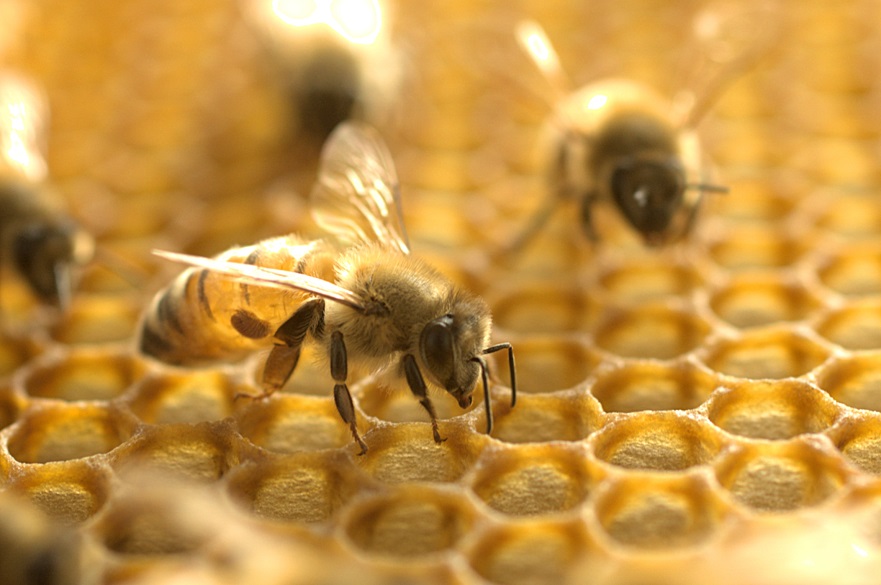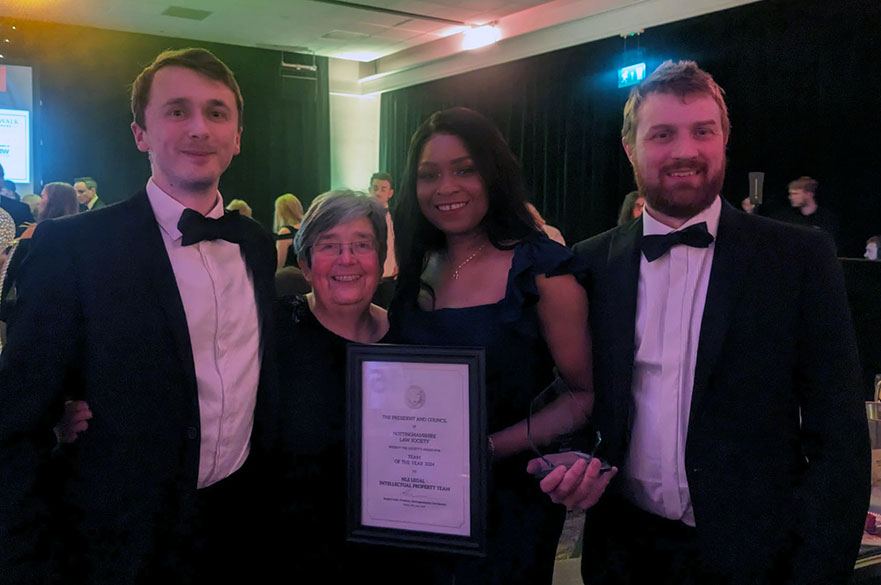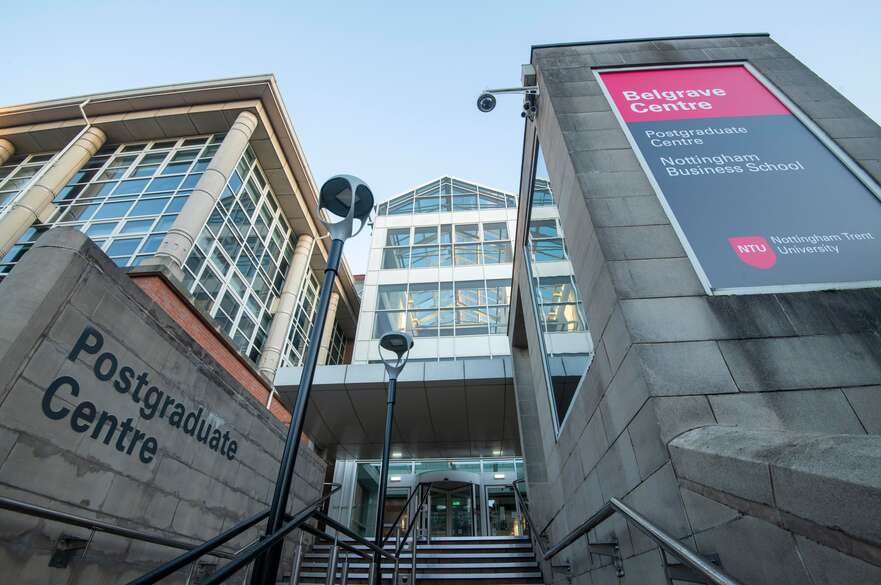Tiny honeybee parasite could be tripped up by its distinctive walk
A tiny parasitic honeybee mite has a distinctive walk, researchers have found – and by listening for the unique vibration caused by its stride pattern they hope it could help them spot if it is infesting a hive.

Scientists at Nottingham Trent University have identified the ‘signature’ walk of the 1mm mite and using hi-tech monitoring equipment have been able to distinguish it from honeybees in a colony.
The team says the work paves for the way for remote and non-invasive monitoring for Varroa mites – currently one of the greatest threats to the honeybee – in hives.
Beekeepers across the world currently need to manually check for mites in all their hives but this can disturb and distress colonies and is very time consuming.
The researchers’ initial work involved testing in the honeybee brood cells – the cells in the honeycomb where bee larvae develop into adults – as this is where mites spend much of their time.
They used ultra-sensitive accelerometers capable of detecting vibrational traces from individual mites and after analysing corresponding video footage were able to develop an algorithm capable of discriminating between mites and bees.
The team also collected different insects such as woodlice and beetles to allow for further discrimination and established that Varroa mite walking patterns are distinguishable from other invertebrates.
The mite’s movement is described as efficient and rapid – and walking speed, the stride of each leg and the way in which legs collide with the surface are all factors attributed to its unique walk.
Varroahave eight legs and walk with their forelegs raised above the ground, using the three other pairs to move. They have an unusual anatomy, significantly different to other mites in their muscular structure and body and the first joint in each leg has greater flexibility and movement than in other arachnids.
The mites negatively affect a variety of honeybee functions and biological processes, including cognition and immune system and if colonies are not well managed for infestation they are likely to die between six months and two years after the parasite takes hold.
Wild honeybee colonies are in decline as a result of Varroa, habitat loss, pesticide use and climate change. While managed honeybee colonies are not declining to the same extent, Varroa is a large problem that can contribute to colony collapse.
The insect world is in decline and for honeybee colonies this is due to Varroa, habitat loss, lack of biodiversity, the use of pesticides and climate change. Varroa is a large problem in the management of honeybee colonies that can contribute to colony collapse.
“The importance of monitoring and managing Varroa mites within honeybee colonies is crucial to ensuring we have healthy hives,” said Dr Harriet Hall, a researcher in Nottingham Trent University’s School of Science and Technology.
She said: “Accurate monitoring for mite populations is critical to allow for the appropriate timing of treatment methods. Despite an abundance of Varroa studies very little is known about mite gait, but we have now identified that it has a vibratory signature that is highly different to that of the other invertebrates tested in our study.
“This, along with the unusual anatomy of the Varroa, offers tantalising indications that the gait pattern may even be unique to this species.”
Nottingham Trent University physicist, Dr Martin Bencsik, said: “The Varroa mite yields tiny vibrations when it walks and jolts which, to our great surprise, we found we were capable of picking up with a sensor 20,000 times heavier than the mite. Being able to further analyse, and discriminate its gait amongst other invertebrates, is the most splendid outcome of our recent research endeavours.
“We are given a perception of the mite’s life more intimate than ever before possible, and this is just the beginning.”
In 2021 using the same technology the researchers revealed how Varroa mites jolt in the hive and potentially use the vibration to sense where they are.
The study is published in the journal Scientific Reports.
-
Notes for editors
Press enquiries please contact Dave Rogers, Public Relations Manager, on telephone +44 (0)115 848 8782, or via email.
Nottingham Trent University (NTU) received the Queen’s Anniversary Prize for Higher and Further Education in 2021 for cultural heritage science research. It is the second time that NTU has been bestowed the honour of receiving a Queen’s Anniversary Prize for its research, the first being in 2015 for leading-edge research on the safety and security of global citizens.
The Research Excellence Framework (2021) classed 83% of NTU’s research activity as either world-leading or internationally excellent. 86% of NTU’s research impact was assessed to be either world-leading or internationally excellent.
NTU was awarded The Times and The Sunday Times Modern University of the Year 2023 and ranked University of the Year in the Whatuni Student Choice Awards 2023. It was awarded Outstanding Support for Students 2020 (Times Higher Education Awards), University of the Year 2019 (Guardian University Awards, UK Social Mobility Awards), Modern University of the Year 2018 (Times and Sunday Times Good University Guide) and University of the Year 2017 (Times Higher Education Awards).
NTU is the 5th largest UK institution by student numbers, with approximately 40,000 students and more than 4,400 staff located across five campuses. It has an international student population of 7,000 and an NTU community representing over 160 countries.
Since 2000, NTU has invested £570 million in tools, technology, buildings and facilities.
NTU is in the UK’s top 10 for number of applications and ranked first for accepted offers (2021 UCAS UG acceptance data). It is also among the UK’s top five recruiters of students from disadvantaged backgrounds and was the first UK university to sign the Social Mobility Pledge.
NTU is ranked the second most sustainable university in the world in the 2022 UI Green Metric University World Rankings (out of more than 900 participating universities).
- Subject area: Sciences including sport sciences
- Category: Press office; Research; School of Science and Technology


